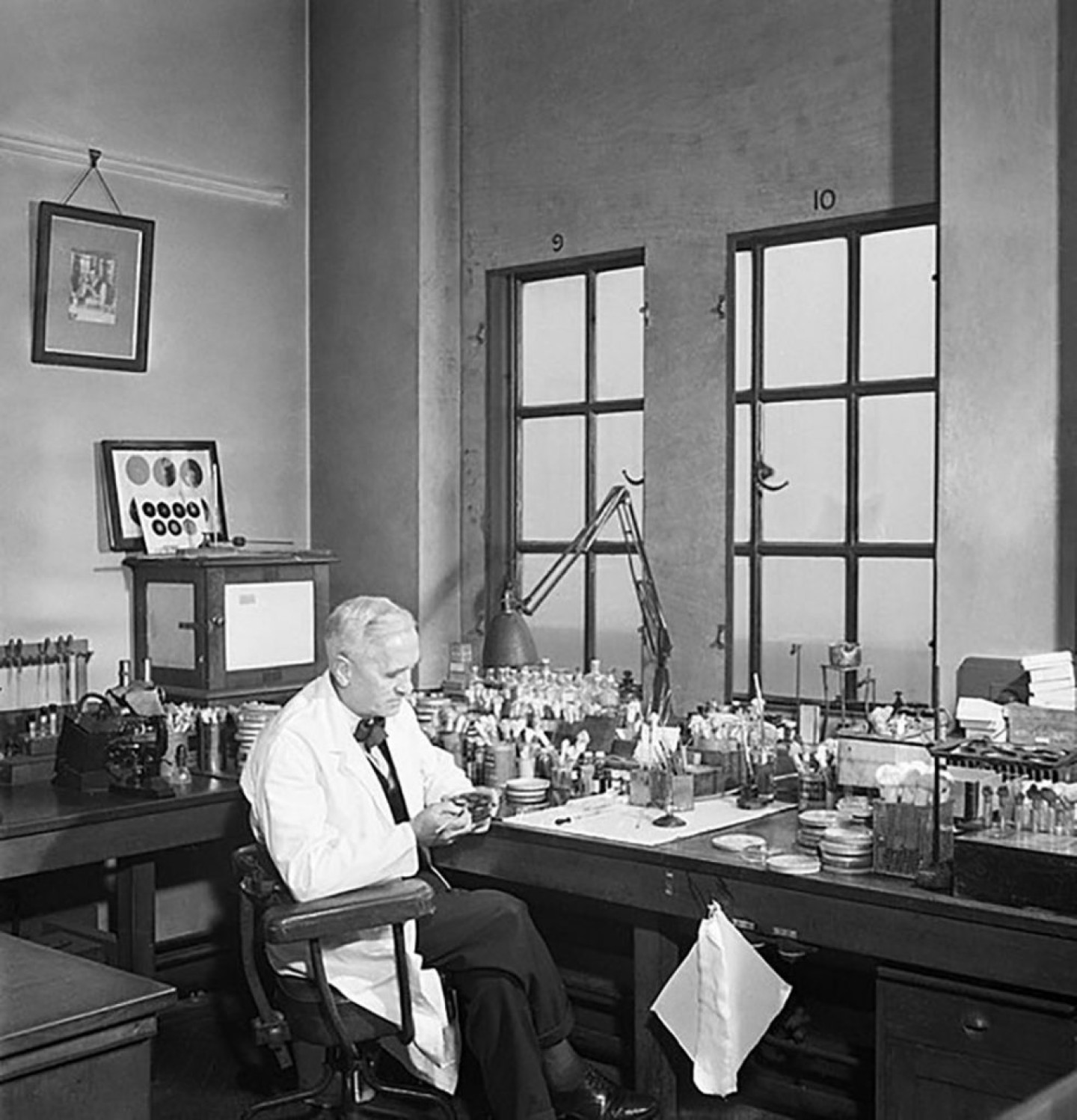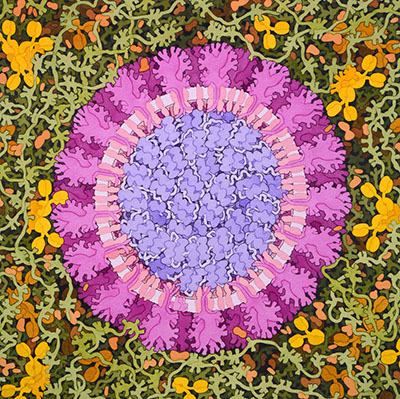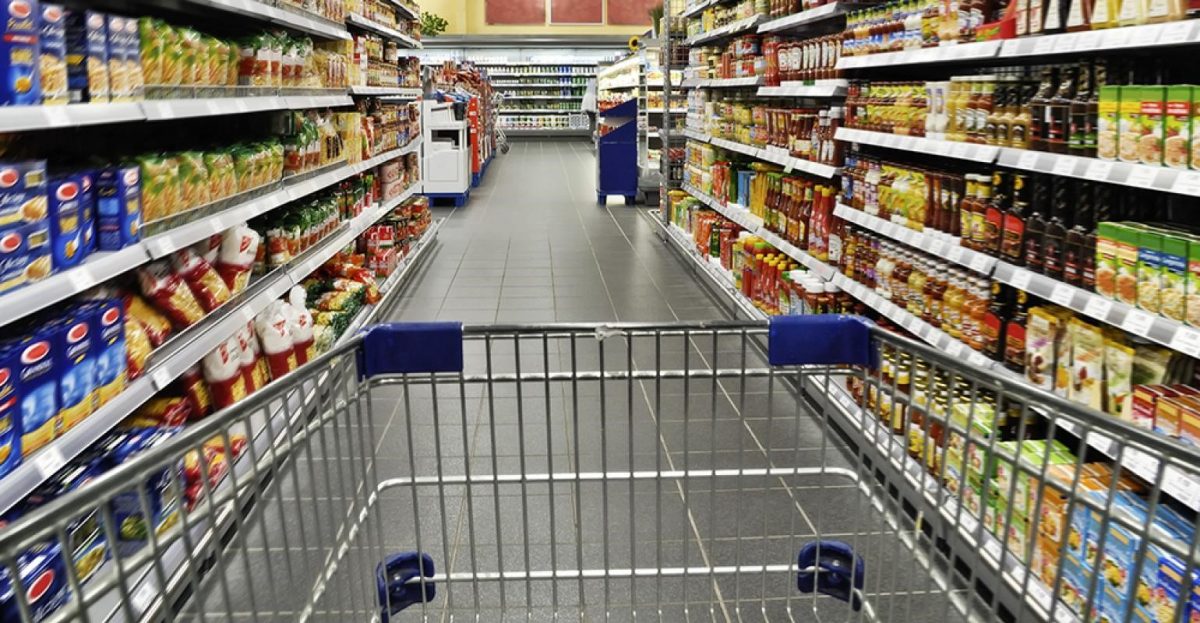
by Dr. Elissa Naim
As the pandemic is still taking its part in the world, researchers are putting all their efforts to unveil the impact of the virus on people’s health and socioeconomic status thus searching for the best practices and interventions to be implemented.
Public health recommendations and governmental measures during the COVID-19 pandemic have resulted in numerous restrictions on daily living including social distancing, isolation and home confinement. While these measures are imperative to abate the spreading of COVID-19, the impact of these restrictions on health behaviours and lifestyles at home is being presented in some recent international publications.
In some countries, food consumption and meal patterns were unhealthy during confinement. People changed their eating behaviours, with increased consumption of unhealthy food, eating out of control, more snacking between meals and an overall higher number of main meals. An increment in home made sweets, bread and pizza consumption was presented. Some studies have shown that these tendencies were more frequent in overweight and obese individuals. Moreover, fruit and vegetables consumption was different according to countries. Despite the obvious tendency of turning to planting and growing, the majority attributed the decrease of fruit and vegetables consumption to difficulties of the agricultural supply chain, lower availability and higher price of such items. Some people admitted the fact that fruit and vegetables did not appeal to them while in lockdown. Indeed, during the lockdown, the sense of hunger and satiety changed: some have less appetite, while others increased their appetite. Accordingly, the increased sense of hunger and the consequent change in eating habits could justify the perception of weight gain observed. One study have shown that overweight, obese, and late adults tended to gain weight more frequently, whereas those with underweight tended to lose it further which might be due to the fact of skipping meals. Hence, increased BMI was seen to be associated with less frequent consumption of vegetables, fruits, and legumes during quarantine, and higher adherence to meat, dairy and fast-foods.

Furthermore, smoking and alcohol consumption were also studied. Hence, alcohol binge drinking was seen to be decreased. This shift simply reflects the mere substitution of “social drinking”, in bars and restaurants with in-house use. Interestingly, the self-reported decrease in alcohol use was mirrored by an increase in tea, coffee, and herbal tea consumption. In addition, in some countries smokers experienced a rise in smoking frequency during the quarantine and others have decrease or quit smoking; which could be explained by the fear induced in smokers of the increased risk of respiratory distress and mortality from COVID-19.
Moreover, it seems that the home confinement had an effect on all physical activity intensity levels. Additionally, daily sitting time increased in hours for more E-activities. This might be due to the increased time that people were required to stay within their quarantine location. One study stated that in spite of an increased offering of PA guidance and classes available on social media, it has not been possible for individuals to adequately maintain their normal PA patterns. Furthermore, it was shown that those who did not use to play sports before the lockdown did not use this as an opportunity to start. However, among those who already took part in sports, training frequency at home has increased.

In fact, the public health strategies that focused on social distancing have led to an increase in loneliness and social isolation, which play a significant role in lifestyle behaviors. Some studies represented cases of people reporting increased anxiety and depression episodes. Thus resulting in more difficultly in achieving weight loss goals, less exercise time and intensity, increased stockpiling of food and stress eating. Noting that people with obesity already have a 25% increased risk of developing mood and anxiety disorders. Some people found that healthy eating patterns to be more challenging as they are baking more and stress eating more than usual. This might be due to the lower emotional mood or boredom. Indeed, some authors described that eating highly palatable foods appeared to decrease stress levels. Thus people are switching to chose comfort food, notably chocolate, ice-cream, desserts and salty snacks. Due to recent economic challenges, patients may be more likely to select cheaper foods, which are often energy dense and nutrient poor.Therefore, even though more patients are cooking at home, the type of foods that are being stockpiled are likely to be processed foods due to their longer shelf life. These are associated with greater intake of fat, carbohydrate and calories, which facilitate greater weight gain and being more exposed to chronic diseases.
Considering that COVID-19 has so far no effective preventive and pharmacological therapies available, healthy eating habits and lifestyle are crucial to reduce susceptibility to long-term complications. So try to take benefit from the online fitness and cooking apps and webinars thus staying aware, motivated and healthy.




































Commentaires récents